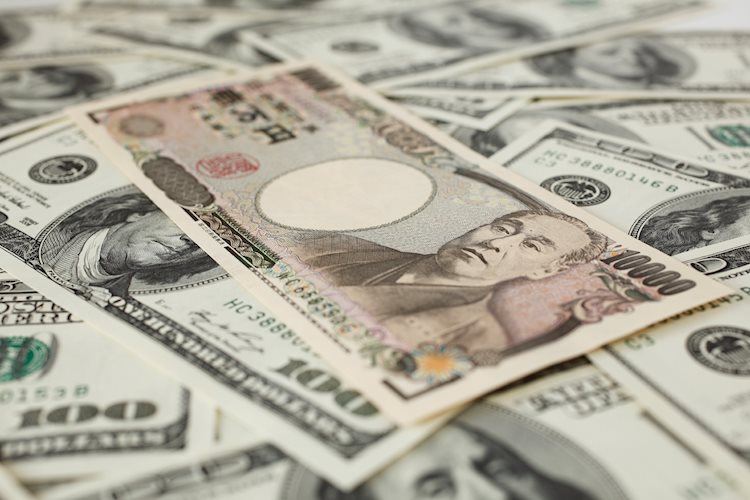The Japanese Yen has been showing strength against the US dollar for the second consecutive day, moving away from the lowest level since early August. This has been due to comments from Japanese authorities sparking speculation of possible government intervention and geopolitical risks, which have supported the safe-haven JPY. However, a combination of factors may prevent a significant appreciation of the JPY. BoJ Governor Kazuo Ueda’s caution about the uncertainty in the country’s recovery prospects and Japanese Prime Minister Shigeru Ishiba’s opposition to additional rate hikes suggest that the BoJ will not rush to tighten its policy ahead of the upcoming general election in Japan.
In addition to this, the risk-on sentiment in the market, boosted by China’s stimulus measures, may limit gains for the safe-haven JPY. Furthermore, expectations of the Federal Reserve proceeding with modest interest rate cuts over the next year are keeping US Treasury bond yields higher, potentially undermining the JPY. This, coupled with a bullish sentiment towards the US Dollar, may provide support to the USD/JPY pair. Japan’s top currency diplomat, Atsushi Mimura, has also warned against speculative trading, leading to speculation of potential government intervention to strengthen the domestic currency and underpin the Japanese Yen.
Bank of Japan Governor Kazuo Ueda’s comment on the economy recovering moderately and the need to monitor market volatility for economic impact further indicates the BoJ’s cautious approach to raising interest rates. The launch of funding schemes by the People’s Bank of China, aimed at supporting global equity markets, has lifted investor sentiment, while geopolitical tensions in the Middle East pose a risk to market stability. With the US Dollar maintaining a strong position, the USD/JPY pair may see support in the near term, with the US 10-year government bond yield holding above 4%.
From a technical perspective, the USD/JPY pair may see some weakness below key support levels, such as 149.00 and 148.85, potentially dragging the pair towards 148.20 and below. On the upside, immediate resistance lies around 149.70-149.75, followed by 150.00 and 150.30 areas. A sustained move above these levels could push the pair towards higher resistance zones, ultimately targeting the August swing high. The BoJ’s ultra-loose monetary policy, implemented since 2013, has aimed to stimulate the economy and fuel inflation through quantitative and qualitative easing. However, a divergence in policy between the BoJ and other central banks in recent years has caused fluctuations in the value of the Yen.
With a weaker Yen and rising global energy prices contributing to inflation exceeding the BoJ’s 2% target, the prospect of increasing salaries in Japan further drives inflation. The BoJ’s decision to abandon its ultra-loose policy stance in 2024 marked a shift in its monetary policy approach. Overall, the Japanese Yen’s movements against the US Dollar are influenced by a mix of domestic policy decisions, global economic trends, and market sentiment, shaping the direction of the USD/JPY pair in the near term. The uncertainty surrounding the BoJ’s rate-hike plans, in conjunction with global economic conditions, will likely continue to impact the safe-haven status of the JPY and its exchange rate against the USD.









